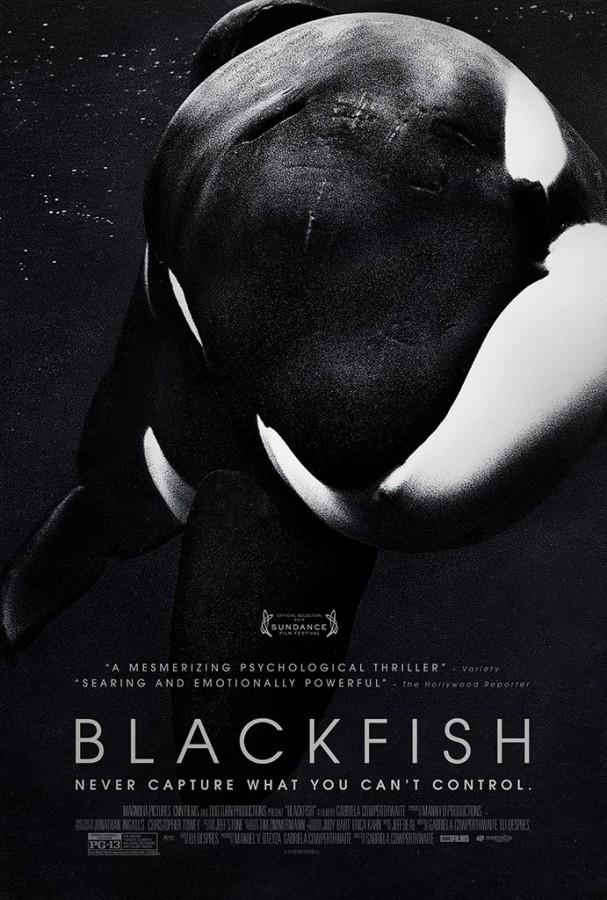Water covers roughly 70% of the Earth surface, and its depths range from a few feet to over 7 miles. Far reaching waters contain a plethora of environments, each containing unique plants and animals. Each animal has a specific role, although few can compare to that of the Apex predator known as the Orca.
An Orca, also called the Killer Whale, is the pride and joy of the SeaWorld wildlife parks. Native to northern waters around the globe, this dolphin (yes, dolphin) serves its purpose as a highly intelligent, powerful predator that hunts prey many times its size alongside its family group. Their splendor is almost exclusive to the wild, few knew of the Killer whale before it was introduced into captivity.
As an enthusiastic 7 year old, I was taken on a trip to Orlando, visiting Disney, Universal Studios and SeaWorld. I was ecstatic to see the state of the art facilities, but seeing Shamu and the rest of the performing killer whales during their “One World” show seemed to be the highlight of the trip.
This memory rang strong after more than 4 years, before I came across the CNN news report detailing the death of Dawn Brancheau at the hands of the whales she trained. I had originally thought that this was simply an accident, but now I know that this is not the case.
As soon as I saw advertisements for the CNN documentary entitled Blackfish, my sister and I were adamant about recording and watching the documentary, the memories of SeaWorld still present in our minds. My whole opinion of SeaWorld and its facilities has changed drastically after watching this documentary.
The film focuses on a single killer whale, dubbed “Tilikum.” Following his violent capture that resulted in the deaths of his pod members through explosives and herding techniques to his current placement in the SeaWorld Orlando facility, this documentary depicts a sad interweaving picture focusing on the deaths and violent injuries caused by this animal. The film, adamant that the whales should have remained in their habitat and that SeaWorld has been ignorant of the safety of both their staff and the animals they have in captivity, calls for the recognition that SeaWorld has wronged these predators and that they should not only stop performing, but also be transferred into a more natural setting.
The film has faced a controversial storm of commentary, with SeaWorld condemning it and claiming that it is “deceptive and false.” Other viewers, the vast majority of viewers to which I am no exception, wish for a peaceful resolution and the immediate halting of Orca performances.
Personally, I always thought of SeaWorld as a dedicated, charitable facility that held some of the most magical animals that inhabit the oceans of our world. But after learning the true story of the facilities and the web of lies that they have exhibited, I feel sick for thinking of SeaWorld in any positive light aside from its charity work. This documentary educates the viewer on an unknown subject that many know not of its truth. For that, combined with its excellent screenplay, pacing and interviews with those involved, as well as the research involved in the making of the documentary; Blackfish deserves a score of 9/10 due to its excellent and educated description of SeaWorld’s mistreatment of both its staff and its animals.
This film should not be taken lightly due to its graphic and non-withholding nature, so seek permission from a parents or guardian. Other than this, the documentary is an excellent and educative film that should be watched by anyone with knowledge of SeaWorld and an interest in the subject.


